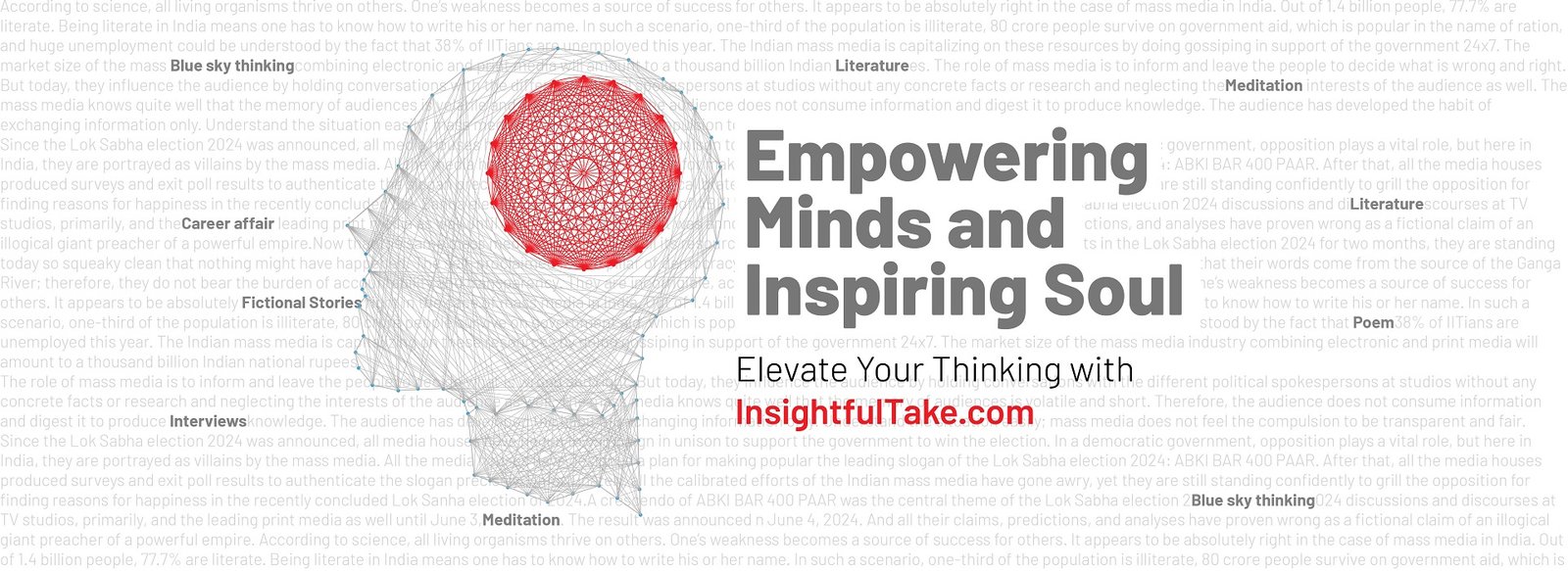India’s middle class continues to bear the brunt of the nation’s economic policies, finding itself trapped between heavy taxation and inadequate public services. With fewer than 5% of the population paying income tax and an even smaller fraction contributing a meaningful portion, the government relies heavily on this demographic to finance its plans. In the 2023–24 fiscal year, personal income taxes accounted for 19% of India’s ₹45 trillion budget. Yet, despite their significant contributions, middle-class taxpayers see little relief, with expectations of meaningful tax cuts remaining unmet year after year.
The disparity in India’s economic structure is stark. While the middle class is taxed heavily, large sections of the population enjoy government subsidies. Agriculture receives the lion’s share of these benefits, with many wealthy farmers exempt from income tax. In 2018–19, state and Union territory governments spent over ₹11 trillion on direct tariff subsidies for electricity, alongside another ₹2.7 lakh crore in cross-subsidies. These benefits disproportionately favor agriculture, leaving urban middle-class taxpayers to shoulder the burden. A 2015–16 study by the National Institute of Public Finance and Policy revealed that non-poor farmers alone accounted for over ₹2.85 lakh crore in foregone tax revenue. Adjusted for today’s terms, this figure exceeds ₹22.1 trillion, highlighting the uneven economic playing field.
India’s middle class is further burdened by systemic inefficiencies in government services. Public schools and hospitals, funded by taxpayer money, often fail to deliver. Research by Karthik Muralidharan documented that on any given day, 25% of teachers and 40% of doctors in public institutions are absent, with another 25% present but not working. This means that nearly half of government teachers are not teaching at any given moment, contributing to poor education outcomes. Meanwhile, the judiciary’s limited functioning—fewer than 190 days a year—has resulted in a backlog of over 50 million cases, delaying justice for millions. In comparison, developed nations like the United States resolve cases far more efficiently, underscoring the inadequacies in India’s systems.
Corruption only exacerbates the struggles of the middle class. Estimates suggest that corruption costs India approximately ₹2 lakh crore annually, with bureaucratic red tape inflating costs across sectors. For instance, the housing market—a critical investment for the middle class—is plagued by inflated prices driven by systemic graft. Owning a home remains a distant dream for many, as the cost of corruption adds significant layers to real estate prices. In stark contrast, politicians, bureaucrats, and members of the judiciary enjoy sprawling colonial-era bungalows in prime locations, adorned with luxurious furnishings, while taxpayers navigate urban infrastructure that is often in disrepair. Delhi’s air quality, for instance, regularly breaches hazardous levels due to vehicular emissions and lax enforcement of environmental regulations.
Unlike farmers or marginalized groups, the middle class lacks the political clout to influence policymaking. Farmers have demonstrated their ability to rally for concessions, from debt waivers to increased subsidies. Their tractor rallies in Delhi and prolonged protests have showcased their collective power. The middle class, on the other hand, neither votes as a bloc nor has the street power to demand relief. Election Commission data reveals that while voter turnout among the middle class has improved, it still trails behind that of other demographics. This political fragmentation leaves them vulnerable, as no single party views their concerns as a priority.
Addressing these inequities requires significant reforms. Broadening the tax base is critical, as only 85 million Indians—out of a population of over 1.4 billion—currently pay income tax. Reducing exemptions and ensuring compliance among high-income groups can ease the burden on the middle class. Streamlining subsidies and implementing targeted, technology-driven solutions like direct benefit transfers can prevent misuse and ensure that benefits reach those who need them most. Transparency must also be prioritized, with digitization and stricter enforcement of anti-corruption laws helping to curb bureaucratic inefficiencies. Public services, too, must be overhauled. Improved education, healthcare, and infrastructure can provide tangible benefits, reducing the middle class’s reliance on costly private alternatives.
India’s middle class is often compared to Boxer, the hardworking horse in George Orwell’s Animal Farm, who labors tirelessly with little to show for it. Their resilience, however, need not remain a story of resignation. Policymakers must acknowledge the systemic imbalances and address the structural flaws that perpetuate this cycle of exploitation. With bold reforms and political will, India can transform its economic landscape, ensuring fairness and shared prosperity for all. For the middle class, this would mean not just relief but recognition of their critical role in building the nation’s future.

